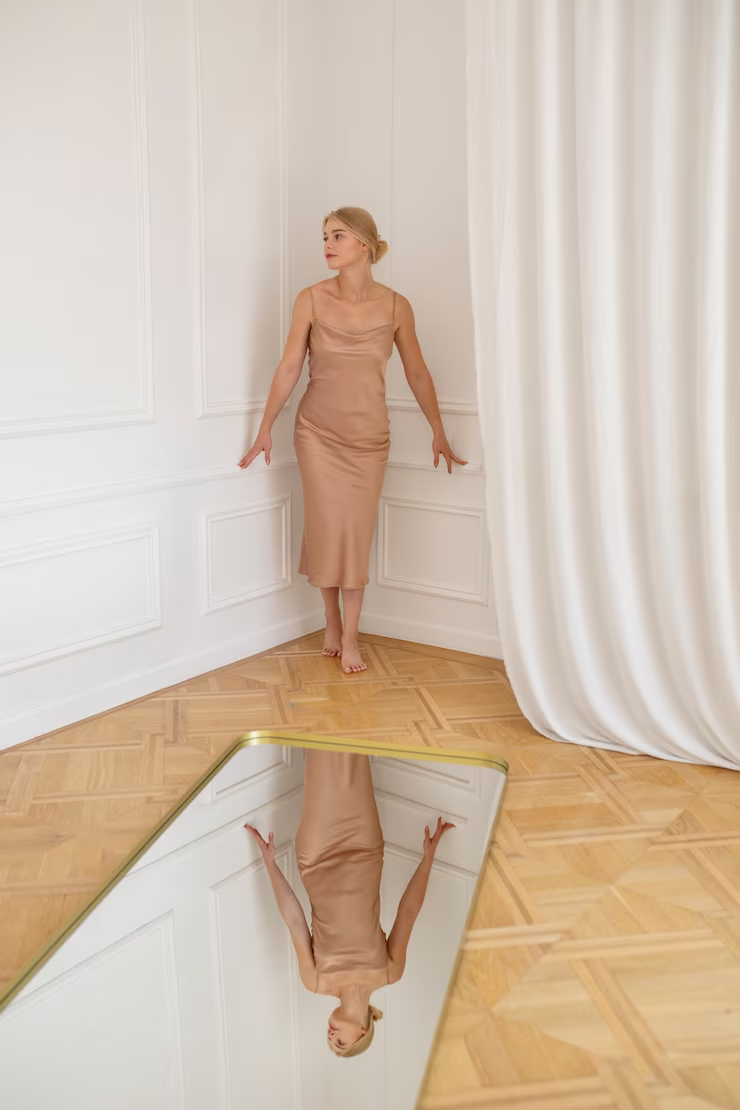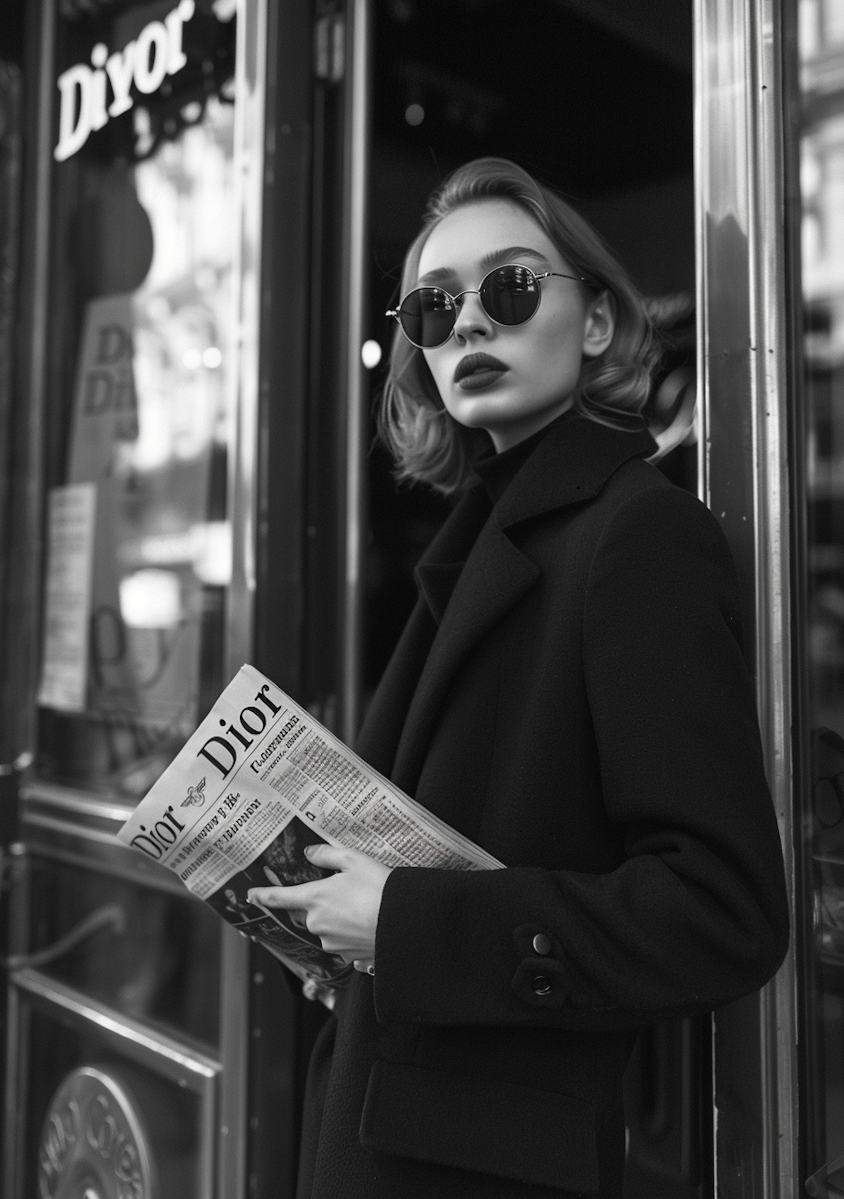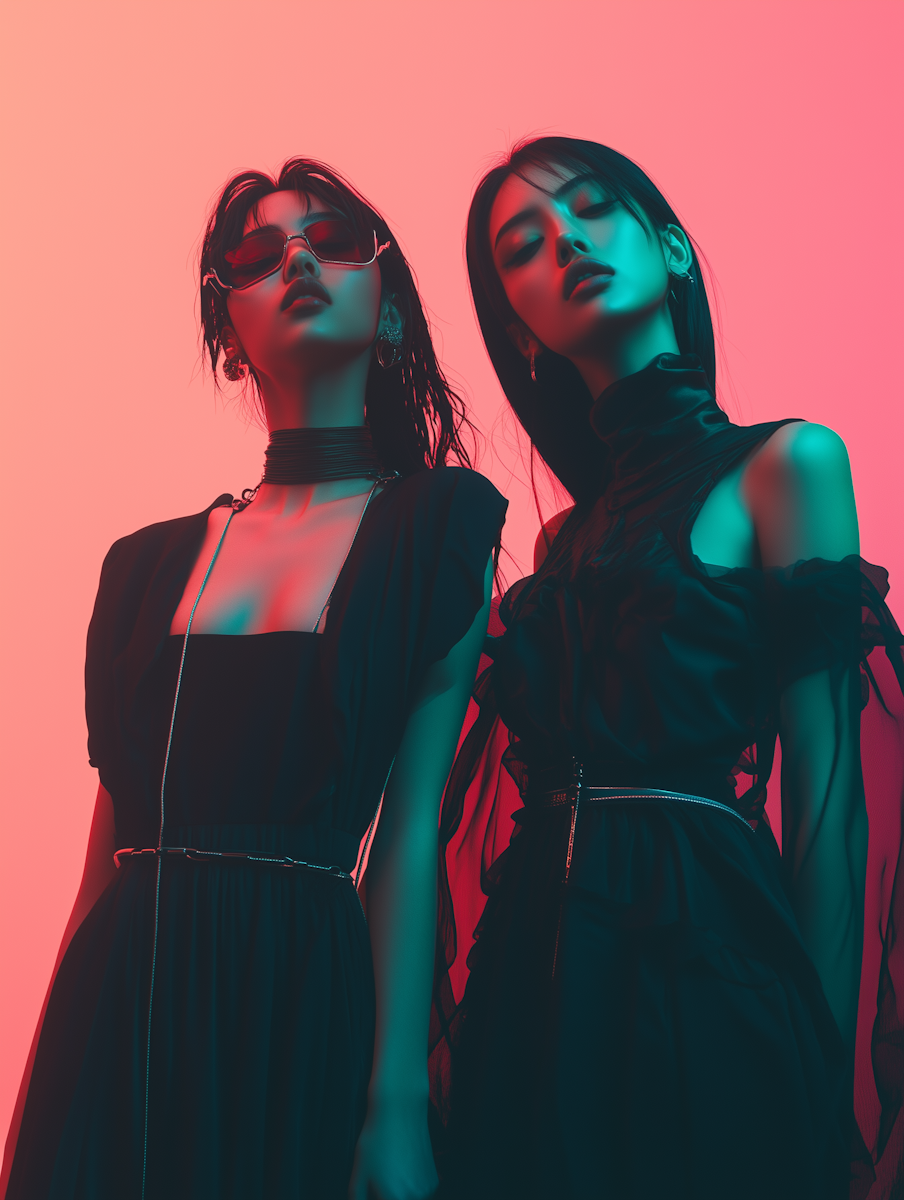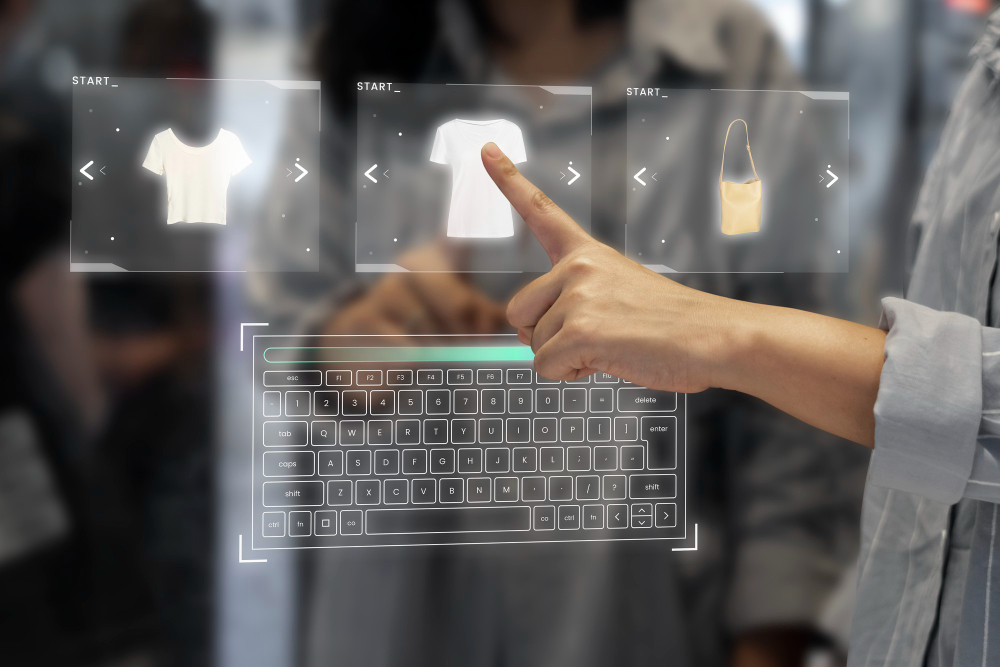Table of contents
- A Stylish Journey from the 1920s to Today
- The 1920s: The Jazz Age and the Birth of Modern Fashion
- The 1930s–1940s: Glamour Meets Practicality
- The 1950s: The Golden Age of Elegance
- The 1960s: Revolution and Youth Culture
- The 1970s: Boho, Disco, and Self-Expression
- The 1980s: Bold, Bigger, and Brighter
- The 1990s: Minimalism and Grunge
- The 2000s: Y2K and Fast Fashion
- The 2010s: Normcore to Instagram Aesthetic
- The 2020s: Sustainability and Digital Fashion
- What We Learn From the Evolution of Fashion
- FAQs About the Evolution of Fashion
- Final Thoughts
A Stylish Journey from the 1920s to Today
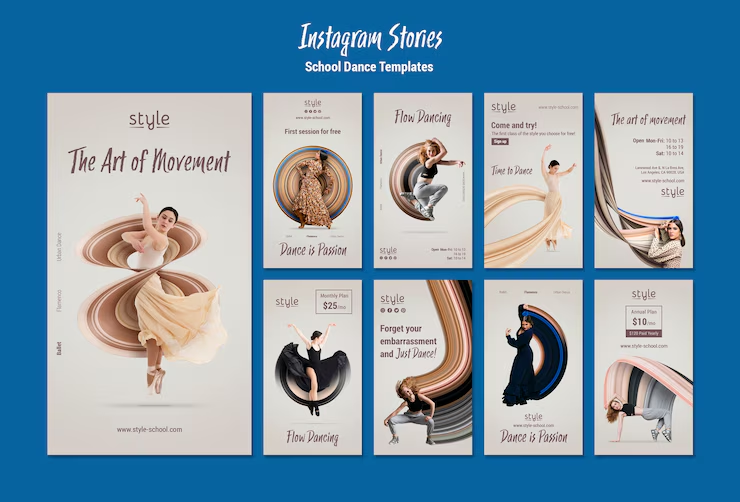
Fashion has always been a mirror of its time. From roaring flapper dresses to the rise of fast fashion, the evolution of fashion reflects our cultural shifts, social movements, economic changes, and technological advancements. Each decade brings with it unique styles, silhouettes, and innovations that shape the way we dress.
In this post, we’ll take a stylish stroll through history, exploring how fashion trends evolved over the last 100 years—and what we can learn from each era.
The 1920s: The Jazz Age and the Birth of Modern Fashion
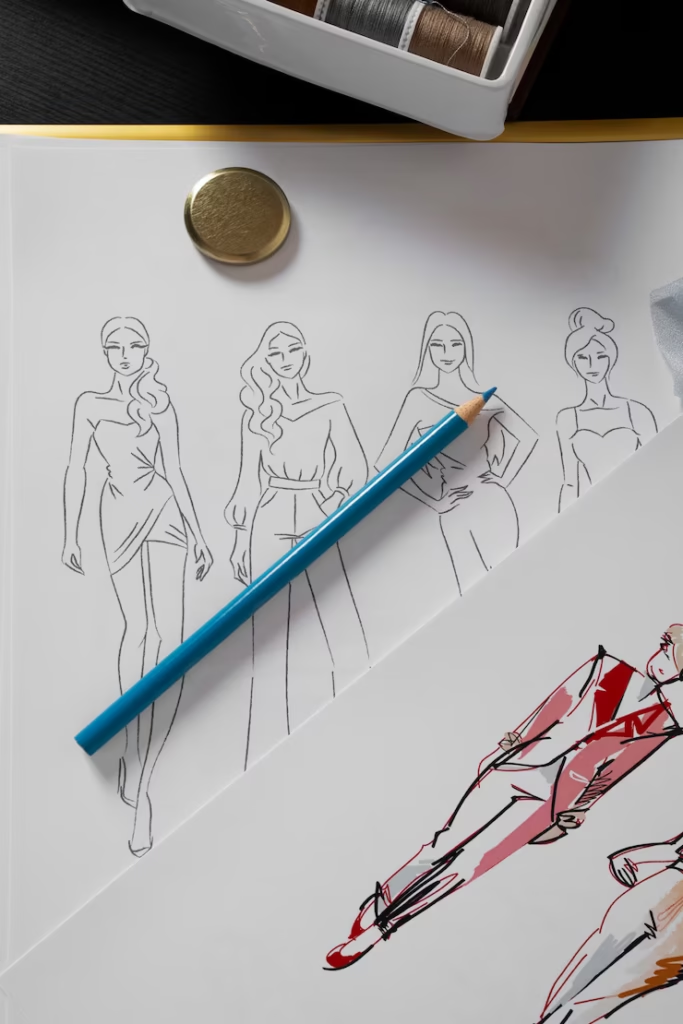
The 1920s, often referred to as the Roaring Twenties, saw a dramatic break from the corseted silhouettes of previous decades. Women embraced flapper dresses, bobbed haircuts, cloche hats, and bold makeup. Men favored tuxedos, slicked-back hair, and tailored suits.
Key Trend: Art Deco influence, fringe, and drop-waist dresses
Why It Mattered: Women’s liberation and the right to vote inspired freedom in fashion.
The 1930s–1940s: Glamour Meets Practicality
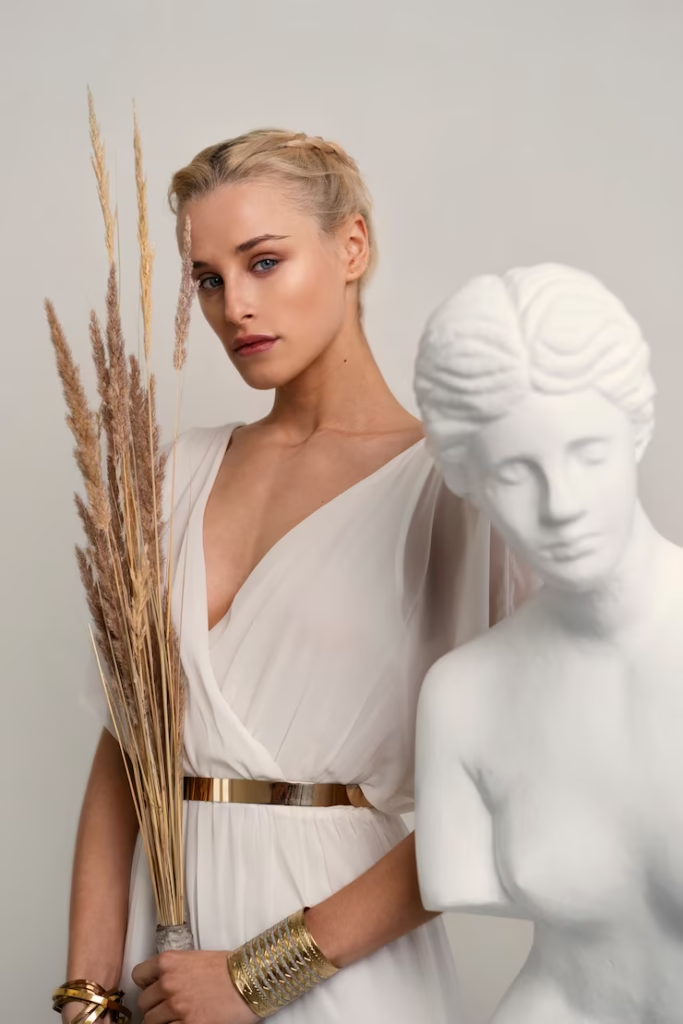
The Great Depression in the 1930s brought modesty and frugality to fashion. Bias-cut dresses and softer silhouettes became popular. In the 1940s, World War II caused fabric rationing, leading to more functional styles.
Key Trend: Shoulder pads, utility clothing, A-line skirts
Cultural Influence: War-time limitations and the rise of women in the workforce
The 1950s: The Golden Age of Elegance
Post-war prosperity brought back femininity and luxury. Women wore full skirts, cinched waists, and pearls, inspired by Christian Dior’s “New Look.” Men leaned into clean-cut business suits and greased hair.
Key Trend: Hourglass silhouette, pastel colors, high heels
Fashion Icons: Marilyn Monroe, Grace Kelly, James Dean
The 1960s: Revolution and Youth Culture
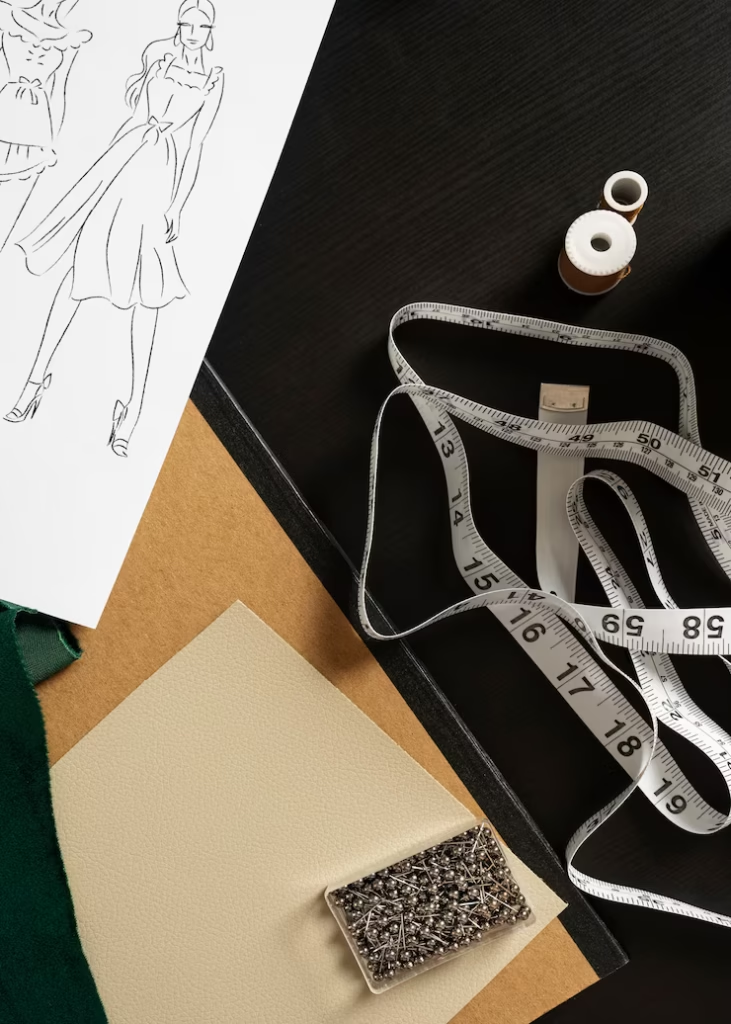
Fashion broke rules in the ‘60s. Youth culture, civil rights movements, and pop art reshaped style. Mini skirts, mod prints, bold colors, and space-age fabrics reigned.
Key Trend: Go-go boots, geometric patterns, and unisex styles
Famous Designers: Mary Quant, André Courrèges, Pierre Cardin
The 1970s: Boho, Disco, and Self-Expression
The ‘70s were all about freedom and self-expression. Hippie culture brought bell bottoms, fringe, and earthy tones, while disco sparked sequins, platform shoes, and satin fabrics.
Key Trend: Jumpsuits, flared pants, tie-dye, and maxi dresses
Pop Culture Influence: Studio 54, ABBA, and Saturday Night Fever
The 1980s: Bold, Bigger, and Brighter
Power dressing defined the 1980s. It was the decade of excess—oversized blazers, shoulder pads, neon colors, and designer logos. Street style also emerged through hip hop and punk fashion.
Key Trend: Athletic wear, bold prints, leather jackets
Influential Figures: Madonna, Prince, Michael Jackson
The 1990s: Minimalism and Grunge
Fashion took a sharp turn in the ‘90s. From Calvin Klein minimalism to Nirvana grunge, the style was relaxed, rebellious, and raw. Think slip dresses, plaid shirts, and Doc Martens.
Key Trend: Low-rise jeans, crop tops, chokers, platform shoes
Big Brands: Tommy Hilfiger, GAP, Versace, DKNY
The 2000s: Y2K and Fast Fashion
The 2000s were defined by Y2K aesthetics, with futuristic metallics, cargo pants, rhinestones, and midriff-baring tops. Fast fashion boomed, making trendy clothes accessible—and disposable.
Key Trend: Logo mania, velour tracksuits, butterfly clips
Style Icons: Paris Hilton, Britney Spears, Destiny’s Child
The 2010s: Normcore to Instagram Aesthetic
The rise of social media influencers changed the way we consume fashion. From hipster style to normcore, and later, streetwear and minimalist luxury, the 2010s embraced a mix of trends.
Key Trend: Skinny jeans, oversized sweaters, athleisure, monochrome looks
Retail Revolution: Online shopping, direct-to-consumer brands
The 2020s: Sustainability and Digital Fashion
The current decade is marked by a return to mindful fashion. People are thrifting more, supporting sustainable brands, and experimenting with digital fashion in the metaverse.
Key Trend: Genderless fashion, upcycling, secondhand shopping, and “quiet luxury”
Future Forward: Virtual try-ons, AI styling, and eco-conscious design
What We Learn From the Evolution of Fashion
The evolution of fashion isn’t just about clothes—it’s about identity, history, and culture. Each decade’s trends are born from the world around us. As we move forward, fashion continues to serve as both a creative outlet and a tool for self-expression.
FAQs About the Evolution of Fashion
A: Knowing the evolution of fashion helps you appreciate how culture and societal changes shape style, and it can inspire your own wardrobe choices.
A: Trends are cyclical. Designers and stylists often revive past styles with modern twists, appealing to nostalgia and current cultural movements.
A: From online shopping and fashion apps to 3D printing and virtual fashion shows, technology has revolutionized how we design, sell, and wear clothes.
A: Sustainability is now a major concern. Consumers are favoring quality over quantity, and brands are adopting eco-friendly practices to reduce their environmental impact.
A: The 1990s and early 2000s are seeing a major revival, with trends like baggy jeans, crop tops, and Y2K accessories coming back into mainstream fashion.
Final Thoughts
Fashion is a living, breathing timeline of who we are and where we’ve been. From the flapper dresses of the ‘20s to the digital wearables of today, the evolution of fashion tells a story of innovation, rebellion, identity, and beauty. Whether you’re a fashion history buff or just curious about how trends start and change, looking back helps us better understand the present—and dress for the future.

